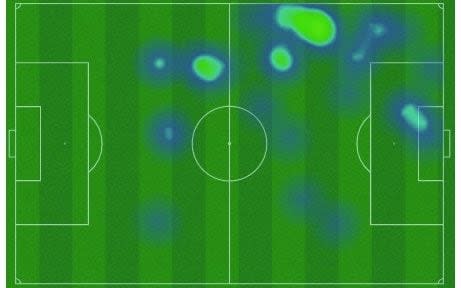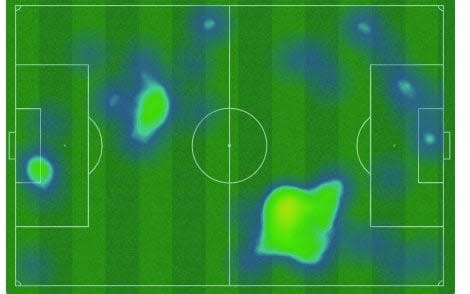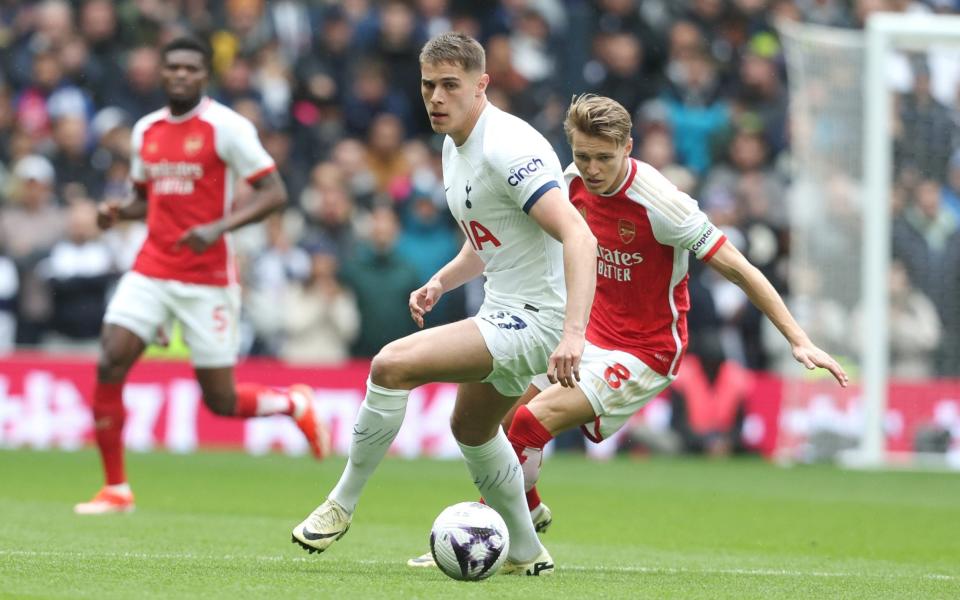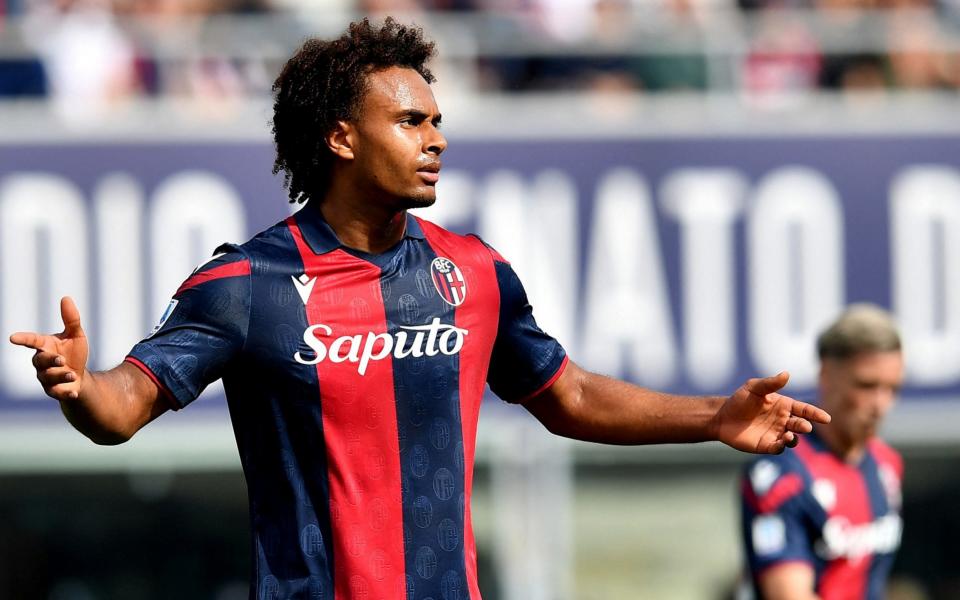When it comes to matters off the pitch, Mikel Arteta cannot be described as a particularly flexible manager. Just ask Pierre-Emerick Aubameyang and Matteo Guendouzi, two recent Arsenal players who were banned from the club for not adhering to Arteta’s strict disciplinary rules.
On the pitch, however, Arteta is much more flexible than many supporters might think. “I don’t establish my authority by being dictatorial,” he once said, and there are plenty of examples of the Arsenal manager being willing to reshape his plans and go in a completely different direction than he originally intended.
This season is no better example of this than in his management of Kai Havertz, who was signed for one purpose but now serves another. This change from the former Chelsea player has transformed Havertz, revived Arsenal’s title and possibly even changed the club’s plans to improve the squad this summer.
The original plan: Havertz the midfielder
When Arsenal made the £65m move for Havertz in the summer, they did so with a specific plan in mind. Arteta’s intention was to play him in the position previously occupied by the departed Granit Xhaka, on the left of his midfield three. Havertz was listed as a midfielder on the club website and Arteta was clear when he said: “Kai will bring a huge amount of extra strength to our midfield.”
In theory, Havertz was intended to play as a midfielder who could use his running power, technical ability and height to regularly contribute goals and assists in the final third. During the club’s pre-season tour, when Havertz scored twice in three games in the United States, it was clear that Arteta wanted him to attack the penalty area from a midfield position. Both of his goals came at the back post.
However, in the Premier League it quickly became clear that something was not working. Havertz’s poor form was one of the defining themes of the first half of the season, with many Arsenal supporters showing their dissatisfaction with the German in those early matches. In September, Arteta pleaded with the club’s supporters: “Give him love.”
Until Christmas there were fleeting moments of promise from Havertz, who gradually became more confident, but still did not influence the matches as expected. On one occasion the original plan came to fruition. His backpost winner at Brentford in November was the perfect example of the kind of move Arsenal had made in pre-season.
Similarly, Havertz scored against both Lens and Luton in December from a midfield position after running past central striker Gabriel Jesus into the penalty area.
Overall, however, many of Havertz’s performances remained disappointing. In league matches in which he started as a midfielder before the turn of the year, Havertz scored just three goals and recorded zero assists. In 13 starts in midfield in 2023, he created just 15 chances. For all of Arteta’s praise for Havertz, it was clear his master plan was not developing as expected.
Havertz unlocked: new position, new player
Arsenal played Liverpool twice within a few weeks, from January to February, and in both matches Havertz was used as a central striker. On both occasions he was asked to partner Martin Odegaard, with the two players taking turns dropping into midfield or moving higher. Liverpool manager Jurgen Klopp called them “double 10s”.
In many ways, Arsenal’s shape became closer to a 4-4-2, especially when they didn’t have the ball. For Havertz, it was a shift that effectively changed the course of his Arsenal career. Suddenly the 24-year-old had more freedom on the pitch and more space to run into. Instead of having to move in relation to the attacking players, the entire front line now moved in relation to him.




Havertz the striker is, in most cases, a very different player than Havertz the midfielder. This season he started nine league games as a forward and scored seven goals from an expected goal ratio of 5.51. As a midfielder, he scored four goals from an expected goal score of 4.93. As a striker, Havertz is often deadly. As a midfielder he is often wasteful.
In this striking position, which often requires him to move into deeper positions before exploding upfield, Havertz has also been significantly more creative. As a midfielder, he has registered zero assists and created 1.2 chances per game this season. As a striker? Five assists (0.55 per start) and 1.77 chances per match are now created.
Sunday’s win over Tottenham Hotspur was perhaps his best performance yet. He held the ball up like a target, dropped into midfield like a ‘false nine’, scored a towering header and set up a goal for Bukayo Saka with a pinpoint long-range pass that any creative midfielder in the league would be proud of. . It was a completely remarkable performance.
A shooter through and through. From Hale End to the first team. From 87 to 7. Goals in consecutive North London derbies.
Our Bukayo❤️ pic.twitter.com/PxR5Qw0R2w
— Arsenal (@Arsenal) April 29, 2024
The impact on Odegaard
For much of last season, Arsenal captain Odegaard was tasked with directing Arsenal’s defensive press from the front. With his relentless running he hunted down the opposition centre-backs and tried to prevent them from passing the ball from the back. Xhaka, on the other side of the three midfielders, would generally sit deeper.
In many matches in the first half of the season, Havertz’s position in midfield led to a change in Odegaard’s role. Often it was Havertz playing high, next to the striker (usually Eddie Nketiah or Gabriel Jesus), which meant Odegaard had to be more reserved and sit deeper.
By moving Havertz into a more attacking position, Arteta has freed Odegaard. A feature of Arsenal’s recent games has been the sight of Odegaard and Havertz both charging after the ball together in the final third of the pitch. There are few players in the league who are as effective as Odegaard at reading these situations and breaking down opposition defenders.


For Odegaard, there is a clear difference when Havertz is in midfield or in attack. In games where Havertz has started in midfield, Odegaard has won possession in the final third an average of 0.8 times per game. When Havertz has gone on the offensive, that number increases to 1.4 times per game. In other words, Odegaard is almost twice as likely to win the ball high up the pitch if Havertz starts as a striker.
A consequence of this is that Odegaard also touches the ball more often in the opponent’s penalty area when Havertz goes on the attack. In those nine games, Odegaard averages 5.5 touches per game in the opponent’s penalty area, compared to 4.5 touches when Havertz plays in midfield.
When Odegaard and Havertz scored together against Luton in Arsenal’s 2-0 win in April, the Arsenal captain immediately turned to Havertz in his celebration. Their bond, both on and off the field, continues to grow stronger.
When asked about Havertz’s position change last month, Arteta said: “Players often decide where to play. We can have certain ideas, but then you see certain relationships and certain things flow. And when it flows, you have to let it go, and I think Kai is flowing right now and he’s very comfortable with that. The rest of the team feels comfortable with him there and things happen naturally.”
The impact on Arsenal’s transfer business
Arsenal’s key decision-makers have known for some time that they need to add at least one top-level attacking player to their frontline. A new centre-forward was on their wish list, with Telegraph Sport reporting in January that Bologna’s Joshua Zirkzee is one of the players they have been studying.


That has been Havertz’s form as a striker, but it is now entirely possible that Arsenal will choose to prioritize signing a new winger rather than a centre-forward. Sources have suggested the club are prepared to make that pivot depending on which targets become available this summer.
Havertz has performed so well in attack that there are now also doubts over the future of Gabriel Jesus, who until recently was the undisputed first-choice No. 9.
The Brazilian’s fitness issues haven’t helped his cause, but it seems clear, especially after Havertz’s performance against Spurs last weekend, that the former Chelsea man is currently the man to hold that striker position. The knock-on effect, for Arsenal’s other strikers and for their summer activities, could be significant.